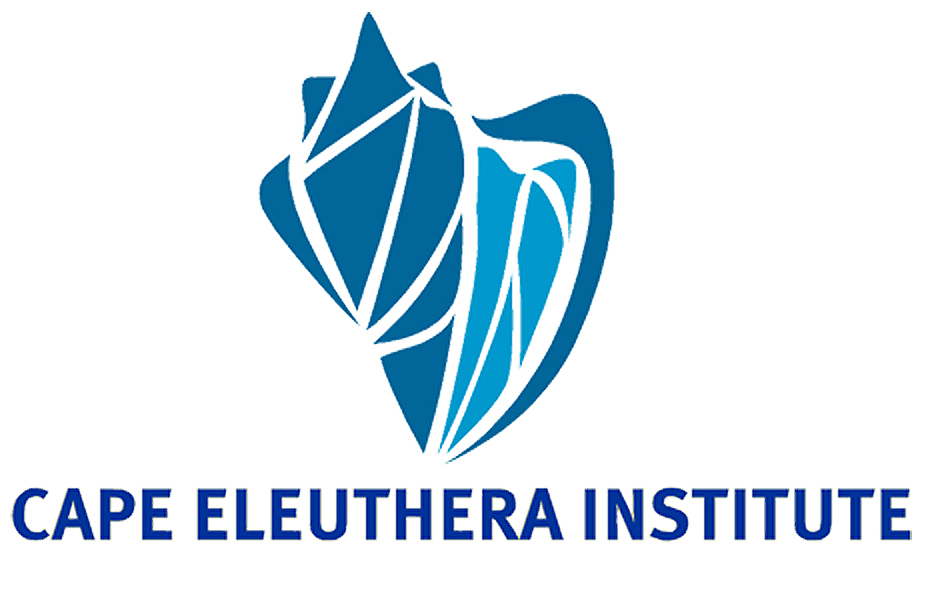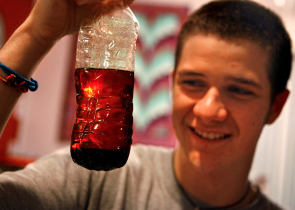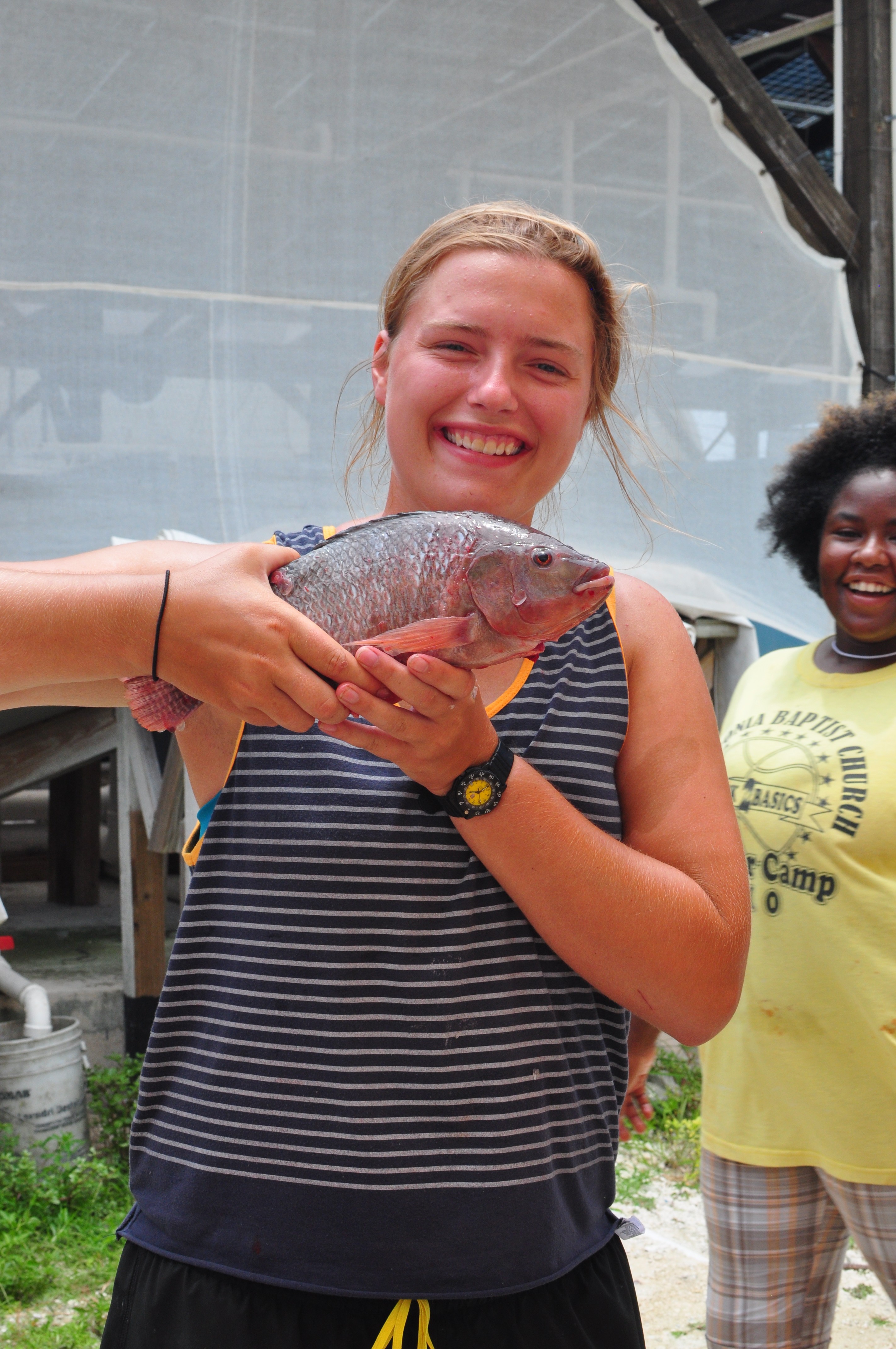The following is a project summary from the Phoenix Box group. Human Ecology projects during Summer Term explored systems and proposed ways to effect a positive change by finding a leverage point and taking action.
The Phoenix Box is a symbol of knowing where your food comes from and about self-sustainability. The wood of the casuarina tree box rots when coming in contact with soil. This rotted wood can be used as soil for the next box that will be made. This cycle is similar to that of the mythical Phoenix, a bird that is reborn from the ashes of its deceased self. With each semester new people will be planting various flora inside the box. This opens the window for future human ecology projects and a chance for people to expand upon this already ongoing project. As well as the seeds planted inside the box, the idea of bringing this style of living to a place will be planted in the minds of all who come in contact with this idea. The entrance to the dining hall seemed a fitting location to place the Phoenix Box. This is because of the high amount of human traffic that passes by, as well as offering shade and protection from wind and salt, two things that these plants do not handle well.
The casuarina tree, which was used to make the box, is native to Australia and invasive in the Bahamas. Casuarina outcompetes other species, its needles spread out all over the ground making it hard for other plants to grow or survive. Because of the soil and plants in the box, the casuarina will rot each year having to be remade. The benefit of this is that more and more casuarina will be cut down and used. Once the wood breaks down it helps to make the soil more fertile. The soil we started with is a mix of sand, goat manure, and casuarina shavings left over from our project. We gathered cardboard from resources and used it in the bottom of the box to help prevent water from running straight through the soil. Also from resources is the watering can we decorated for the use of the Phoenix box.
After talking with Josh Shultz and Geoff Walton about our plans, we started the construction of the box by planing casuarina wood in order to make them equal width. Once this was done, we enlisted the help of Rico to cut the wood into planks and join them together with screws and supports to form a three by two box. This process was difficult due to the high density of the wood. So dense in fact that it can even sink in water! After digging a hole about six inches deep, we put the box in the ground in order to prevent it from flying away during hurricane season. Besides the wind protection, we also chose the spot for sun protection and good placement for CEI, students, and faculty to see the box and have access to the communal garden.
Once the box was done, we talked to Joseph, the groundskeeper, and decided that goat manure, sand, soil and wood shavings from the wood we planed would make the best fertilizer for the herbs. We also learned that herbs would be the best things to plant because they are beneficial to everyone and require less upkeep in comparison to flowers. So, we transplanted mint into the box and planted basil seeds, then watered it a lot. When all this was done, we made the sign by planing wood in the wood shop, cutting it, and painting it. We could not paint the wood of the box since the chemicals in the paint might leak into the soil and intoxicate the herbs.
The purpose of the Phoenix Box is to teach Island School students and community members about the importance of knowing where their food comes from. Most people don’t know how their food gets from a farm to a grocery store; our herbs can go straight from the Phoenix Box to the kitchen. Also, our project teaches people about the value of food. It is difficult to grow plants, especially in Eleuthera where the soil is not very fertile. Hopefully, people will learn to appreciate food more and will waste less. The garden also promotes using local food, which is better health-wise and cost-wise, since less money is spent on imported food that has been produced on large-scale farms using chemical fertilizers. Our fourth purpose for implementing the Phoenix Box is to encourage people to grow their own food and think about where their food comes from when they return home. Even if you live in a small house or apartment, you still have enough space to grow a few plants!
The Phoenix Box symbolizes a hopeful future in Eleuthera as a larger emphasis on agriculture can be placed upon the people rather than the U.S. for food. Eleuthera used to be the “Breadbasket of the Bahamas”; however as competition increased and as policies changed during independence to put Bahamians in more “sophisticated” jobs in the office, as a higher emphasis was placed on tourism, agriculture declined rapidly. Now most of the agricultural operations are fairly small scale and local opposed to the past commercial farms. The Phoenix Box connects to Eleuthera by displaying how important growing food on the island is to the sustainability of the future food sources for Eleutherans. Optimistically, the Phoenix Box will encourage a higher awareness of where food on Eleuthera comes from, as well as any more sustainable alternatives. We hope that future students will maintain this box and use it as a communal garden space.
phoenix box flyer
 College of the Atlantic in Bar Harbor on Mount Desert Island, Maine is proud to offer scholarships to alumni of The Island School. Any incoming student who has attended The Island School and is admitted to College of the Atlantic (COA) will receive a scholarship of $10,000 per year for up to four years. Apply for admission to COA and include a letter of recommendation from a teacher at The Island School. If admitted, you will automatically receive this scholarship for your first year at COA; an additional $10,000 scholarship is available for each of the next three years of enrollment if satisfactory academic progress is maintained. This scholarship is available to incoming first-year and transfer students. In addition, you may qualify for need-based financial aid.
College of the Atlantic in Bar Harbor on Mount Desert Island, Maine is proud to offer scholarships to alumni of The Island School. Any incoming student who has attended The Island School and is admitted to College of the Atlantic (COA) will receive a scholarship of $10,000 per year for up to four years. Apply for admission to COA and include a letter of recommendation from a teacher at The Island School. If admitted, you will automatically receive this scholarship for your first year at COA; an additional $10,000 scholarship is available for each of the next three years of enrollment if satisfactory academic progress is maintained. This scholarship is available to incoming first-year and transfer students. In addition, you may qualify for need-based financial aid.





